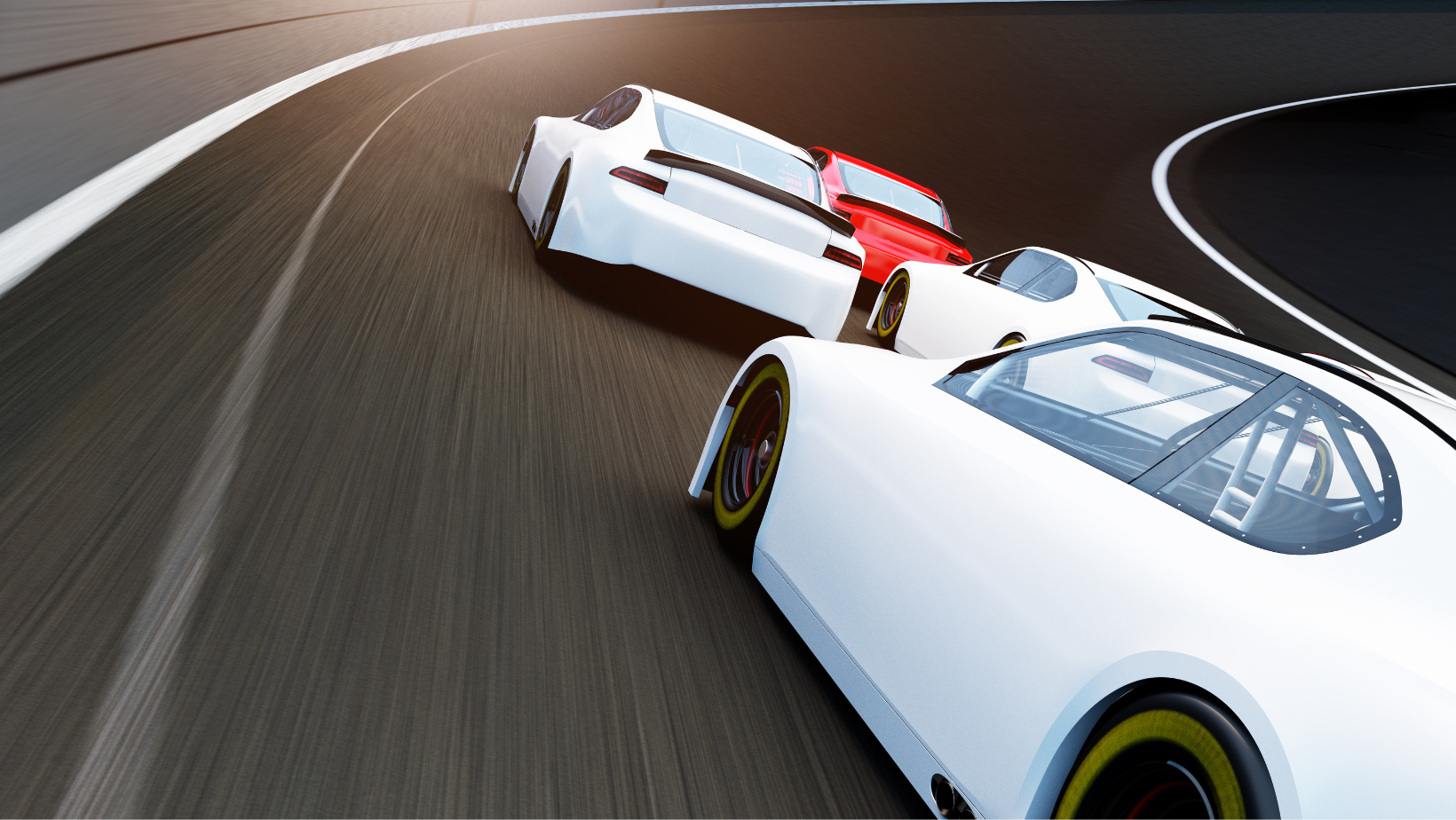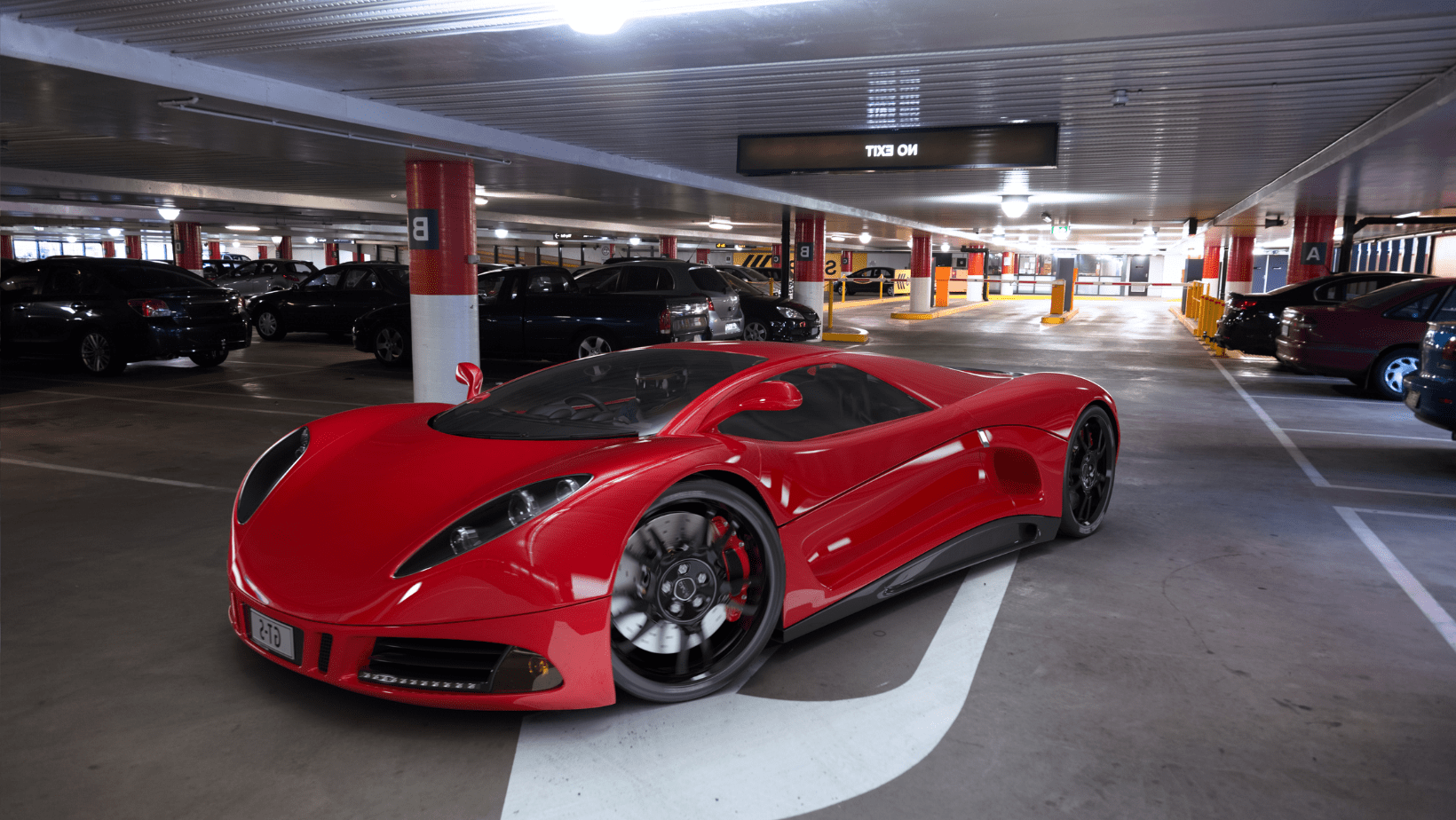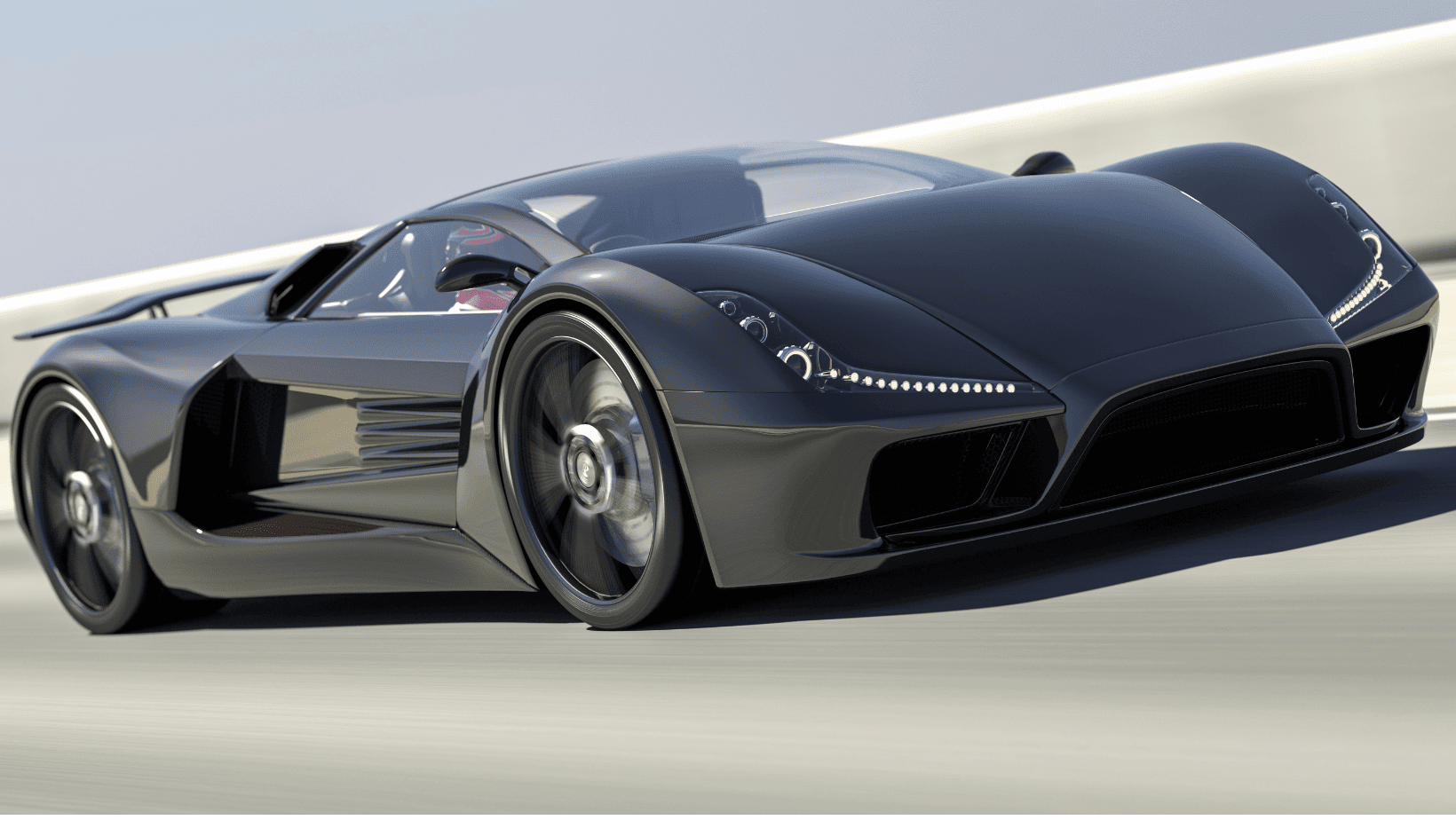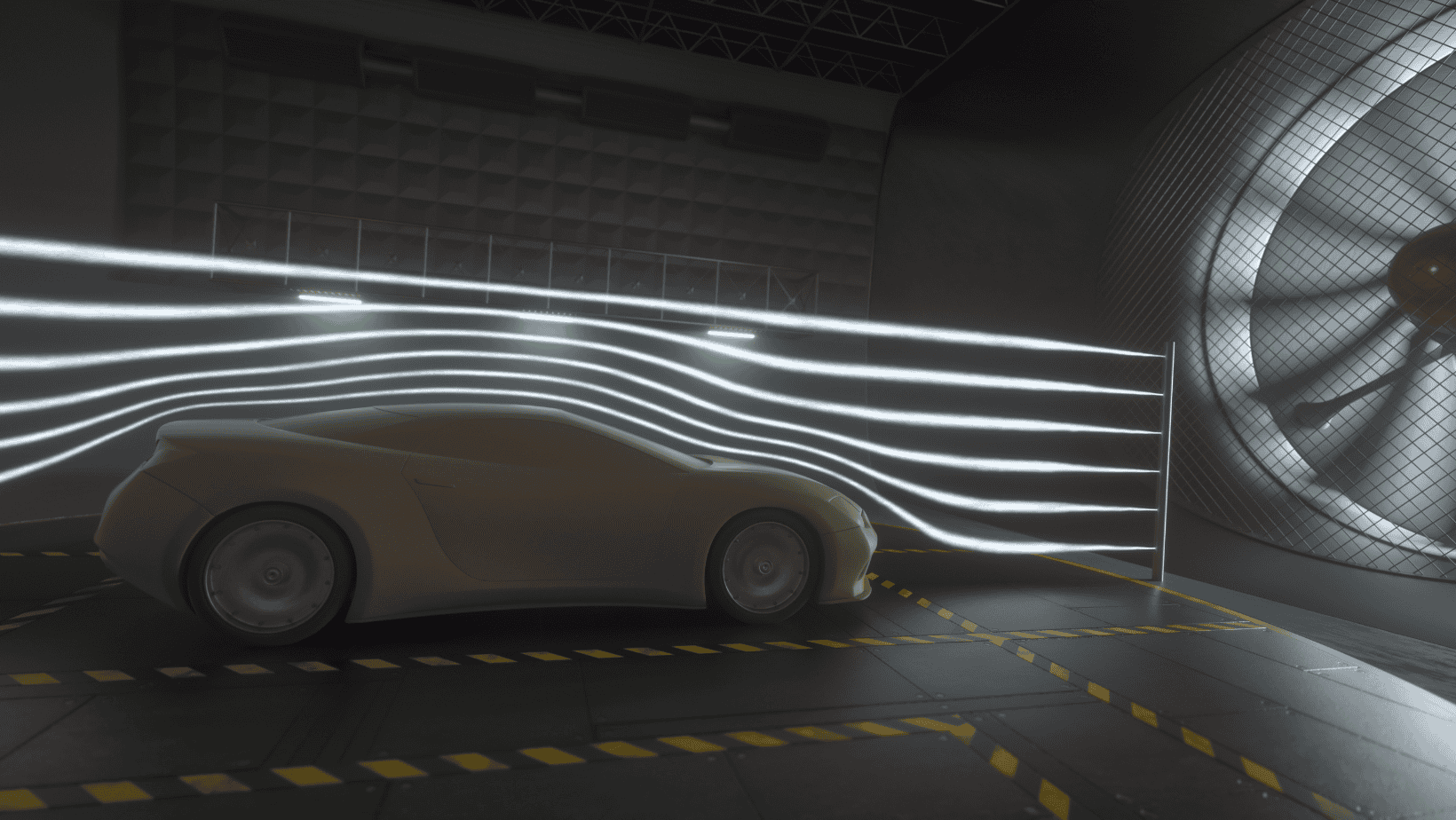Active aerodynamics in cars is a game-changing technology that shapes the way vehicles interact with airflow. This sophisticated approach to vehicle design and engineering involves components that can adjust and adapt in real-time to various driving conditions, optimizing performance, fuel efficiency, and stability.

Introduction to Active Aerodynamics
Active aerodynamics refers to the system in a car that actively controls various aerodynamic devices for optimal performance. Unlike static aerodynamic features, these dynamic components can change their position or shape based on the car’s speed, acceleration, and other factors. This adaptability enhances a car’s stability, reduces drag, and can even improve fuel efficiency.
Key Components of Active Aerodynamics
- Active Spoilers: Adjust to control downforce and drag.
- Adjustable Air Vents: Regulate cooling and air resistance.
- Dynamic Grille Shutters: Optimize engine cooling and aerodynamic efficiency.
- Active Suspension Systems: Modify the car’s stance for improved aerodynamics.
Real-World Applications
1. Sports Cars
In high-performance sports cars, active aerodynamics play a crucial role in ensuring stability at high speeds, contributing significantly to lap times and overall performance.
2. Electric Vehicles
For electric vehicles, efficient aerodynamics are crucial for maximizing range. Active aerodynamic features can help reduce energy consumption by minimizing air resistance.
3. Everyday Driving
In regular passenger cars, active aerodynamics contribute to fuel efficiency and comfort, adapting to different driving conditions for optimal performance.
Benefits of Active Aerodynamics
- Enhanced Performance: Improves handling and speed capabilities.
- Fuel Efficiency: Reduces drag, leading to lower fuel consumption.
- Safety: Increases vehicle stability, especially at high speeds.
Understanding the Basics

To grasp the fundamentals of how airflow impacts vehicle performance, explore “Basics of Car Aerodynamics: Understanding Airflow for Performance.”
Key Technologies in Active Aerodynamics
- Active Front Splitters: These components adjust their angle to balance downforce and drag, optimizing performance. Learn more about their advantages in “Exploring the Front Splitter Advantages in Automotive Aerodynamics.”
- Side Skirts: They play a crucial role in directing airflow along the sides of the vehicle. For more on their impact, read about “Impact of Side Skirts: Essential Aerodynamic Enhancements.”
- Underbody Panels: These panels streamline the airflow underneath the car, significantly reducing drag. Discover their benefits in “The Surprising Benefits of Underbody Panels in Car Aerodynamics.”
- Vortex Generators: These small aerodynamic aids can be pivotal in managing airflow, especially in high-speed scenarios. Understand their usage in “Vortex Generators Usage: Revolutionizing Aerodynamics in Automobiles.”
The Future of Active Aerodynamics
The evolution of active aerodynamics is closely tied to advancements in automotive technology, especially as we move towards more electric and autonomous vehicles. The potential for further reducing drag and improving efficiency remains vast, promising exciting developments in the automotive world.
Conclusion
Active aerodynamics represent a significant leap forward in automotive design, offering a blend of enhanced performance, efficiency, and safety. As technology continues to advance, we can expect even more innovative applications of active aerodynamics in the automotive industry.
Q and A:
| Question | Answer |
|---|---|
| What are active aerodynamics in cars? | Active aerodynamics refer to systems in a vehicle that dynamically adjust aerodynamic components, like spoilers or vents, to optimize performance, fuel efficiency, and stability based on driving conditions. |
| How do active aerodynamics improve car performance? | They adjust to control downforce, reduce drag, and enhance stability, especially at high speeds, improving overall vehicle performance and handling. |
| Can active aerodynamics improve fuel efficiency? | Yes, by reducing drag and optimizing airflow, active aerodynamics can lead to lower fuel consumption and increased efficiency. |
| Are active aerodynamics used in electric vehicles? | Absolutely. In electric vehicles, active aerodynamics are crucial for minimizing air resistance to maximize battery range and efficiency. |
| What are some examples of active aerodynamic components? | Active spoilers, adjustable air vents, dynamic grille shutters, and active suspension systems are key examples of active aerodynamic components. |
| How do active aerodynamics contribute to vehicle safety? | By enhancing stability and handling, especially at high speeds, active aerodynamics contribute significantly to the overall safety of the vehicle. |
| Is active aerodynamics technology widely used in regular cars? | While more common in high-performance and luxury vehicles, the technology is gradually being adopted in regular passenger cars for its efficiency and performance benefits. |
| What is the future of active aerodynamics in the automotive industry? | The future looks promising with advancements in technology, particularly with the rise of electric and autonomous vehicles, where efficiency and stability are key. |





